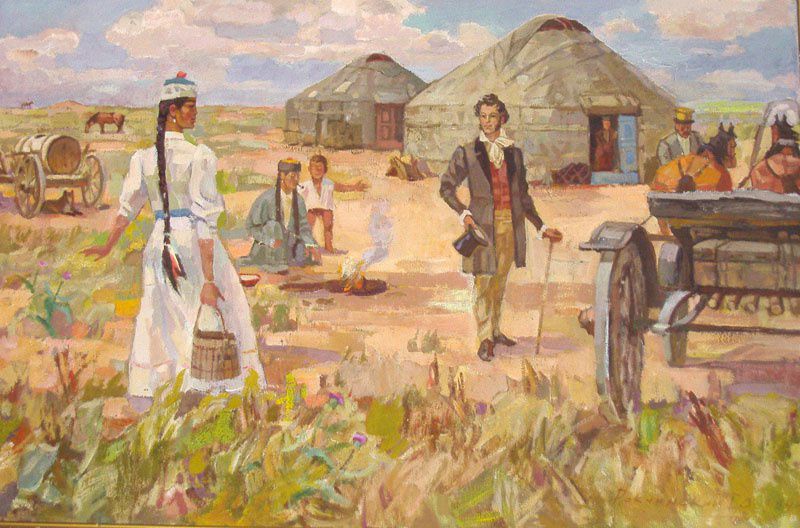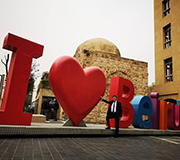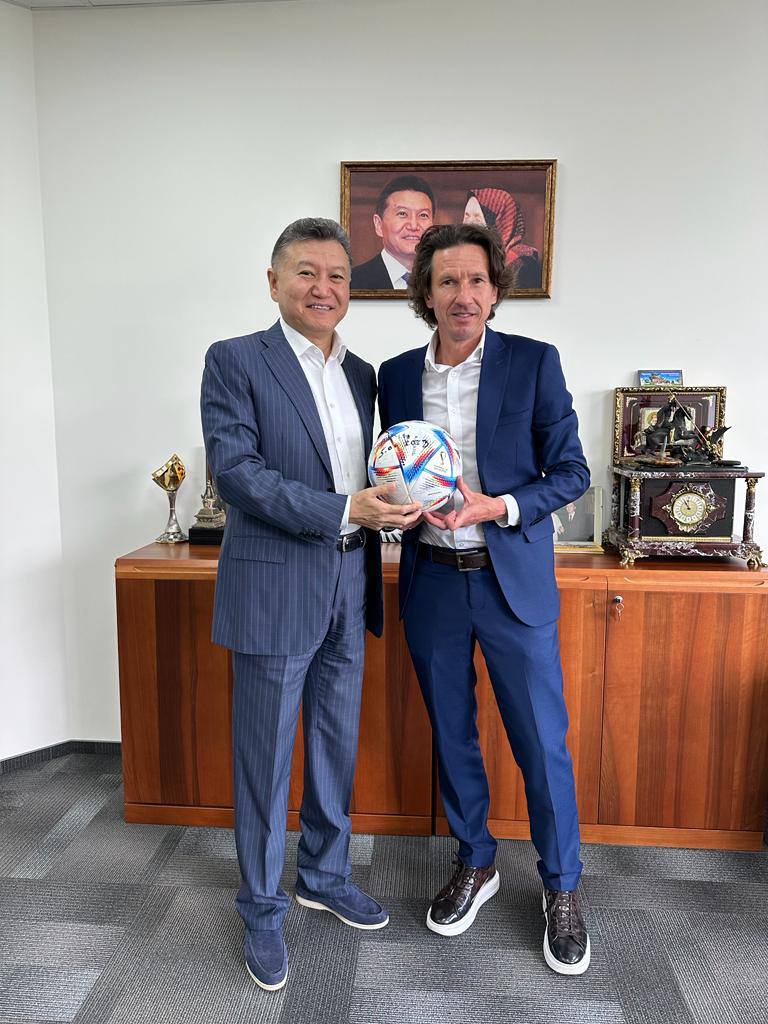After the revolution, the Soviet government was looking for ways to make chess as popular as possible. In 1924, the All-Union Chess Section (an analogue of the modern Federation) appeared, a year later a super tournament was held in Moscow with the participation of Jose Raul Capablanca, Emanuel Lasker and other world stars. It worked.
In the 30s, chess circles appeared in the Pioneers Palaces - centres of additional education, which students visited after lessons. After the war, the popularity of mass chess grew further: an important factor was the winning of world title by Mikhail Botvinnik in 1948. He was the first champion in the history of the USSR.
Over the next 24 years, all the world champions were players from the USSR. These were also considered ideological victories, which were immediately presented as political superiority over the West.
In 1969, the writer Lev Kassil and the world champion Vasily Smyslov established the White Rook, an all-union school chess tournament for school teams just like ‘Leather Ball’ soccer and ‘Golden Puck’ hockey tournaments. First, the competition was held among the schools of a district, then at the regional level all the way up to the All-Union stage.
10 years later, more than a million students participated in such tournaments. Any student knew about this project. Almost every school had a chess club or a circle; some schools even included optional chess lessons in the schedule.
Four regular chess magazines were simultaneously published in the USSR: “64”, “Chess in the USSR”, “Chess Bulletin” and “Bulletin of the Central Chess Club of the USSR”; as well as several national newspapers and Chess School television programme.
Since the mid-60s, chess has become popular in courtyards and parks. It was creating strong competition with traditional card games, lotto and dominoes. Everyone played: mothers with children in the Sokolniki Park, pensioners on the street, and even tundra inhabitants.
In almost every yard there was a stationary chess table; sometimes there were long queues for playing chess.
Large chess fields with massive pieces were a sign of any decent sanatorium or rest house. Usually they were located near the administrative building turning into types of cultural leisure. They seldom played chess there, but connoisseurs discussed chess problems or etudes nearby.
A large board with big-varnished pieces has always been installed inside clubs and houses of culture; everything was set for a game. And they held corporate tournaments at the factories.
The 80s is the era of the confrontation between Anatoly Karpov and Garry Kasparov, perhaps the most significant one in the history of chess. Karpov gathered huge halls back in the 70s. His most demonstrative game was played in 1978 (after the first victory over Viktor Korchnoi) at a sports festival dedicated to the 18th Congress of the Komsomol. Karpov and Kasparov played five series for the chess crown (from 1984 to 1990). It was the golden autumn of chess in the USSR. The whole country watched the confrontation of the "two Ks". Karpov won only first match (it was interrupted due to a long series of draws). Kasparov was the winner of the next four matches.
The fight between Karpov and Kasparov for the title of champion in 1990 was the last one. Later, there was a split in the International Chess Federation, the collapse of the USSR and a rapidly diminishing interest in chess in our country.
In modern Russia, chess is truly alive only online. Even despite the active efforts of the Ministry of Education to introduce compulsory chess lessons in primary schools (pilot projects have been launched in Moscow and Khanty-Mansi Autonomous Okrug in 2015 and the rest of the regions are expected to join it in 2019), the game has lost its former popularity. And when was the last time you played chess?
 Chess appeared in Russia more than 1100-1200 years ago, but until the middle of the 16 century, it was under the persecution of the church. It was considered a demonic game equated to drunkenness and gambling. But under Ivan the Terrible, chess was played quite legally (according to one version, the tsar died placing pieces on a chess board); and later Peter the Great became the main promoter of this game in Russia.
Chess appeared in Russia more than 1100-1200 years ago, but until the middle of the 16 century, it was under the persecution of the church. It was considered a demonic game equated to drunkenness and gambling. But under Ivan the Terrible, chess was played quite legally (according to one version, the tsar died placing pieces on a chess board); and later Peter the Great became the main promoter of this game in Russia.






















